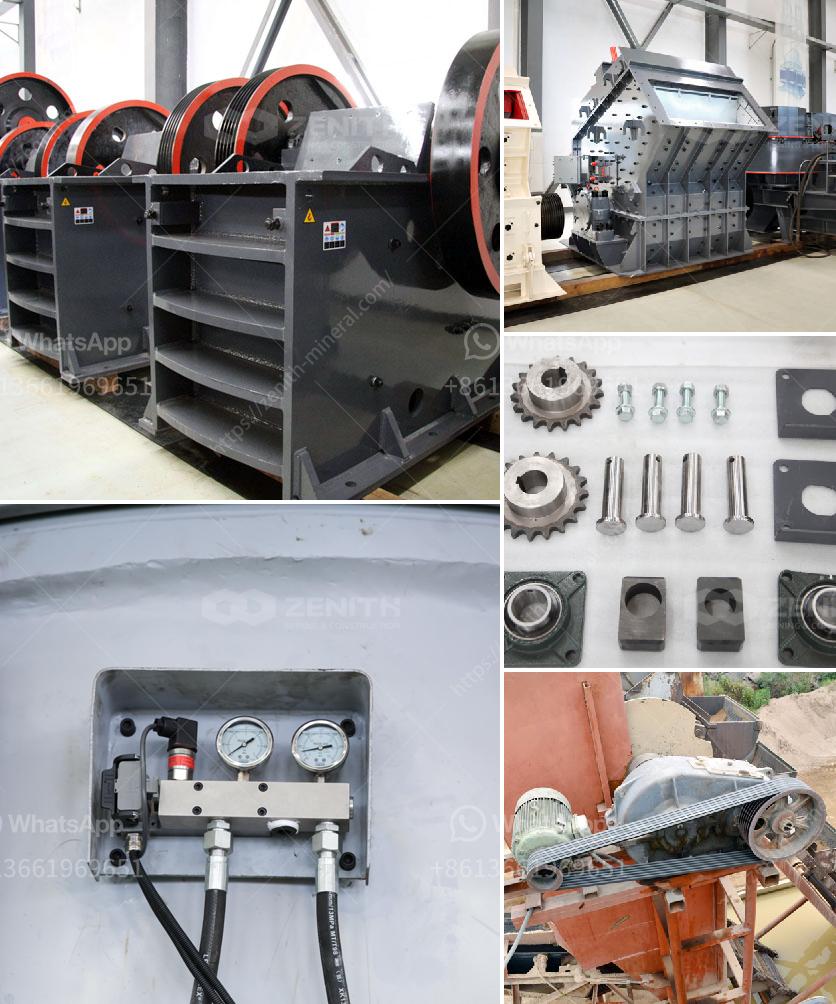Iron mining involves several key steps to extract and process the iron ore efficiently. Here's an outline of the process:
1. Exploration and Development
- Survey and Evaluation: Geologists conduct surveys to locate mineral deposits. They use geological mapping, geochemical and geophysical surveys, and core drilling to identify the quantity and quality of ore.
- Permitting and Planning: Obtaining necessary environmental permits and planning the mining operations, including waste management and land restoration plans.
2. Mining
- Open-Pit Mining: Most iron ore is extracted through open-pit mining, which involves removing surface layers of soil and rock (overburden) to reach the ore deposits below.
- Underground Mining: In some cases, iron ore is mined using underground methods when the deposits are deep.
3. Crushing and Screening
- Primary Crushing: Large chunks of ore are broken into smaller pieces using jaw crushers or gyratory crushers.
- Secondary Crushing and Screening: Further reduces the size of the ore particles. Screening processes classify the material by size.
4. Grinding and Concentration
- Grinding: The ore is ground into finer particles using ball mills or rod mills.
- Magnetic Separation: Magnets are used to separate iron ore from impurities. In cases where the ore is not magnetic, other methods like flotation might be used.
- Gravity Separation: Other techniques might include jigging or spiral concentrators to increase the iron content.
5. Pelletizing or Sintering
- Pelletizing: Fine iron ores are rolled into small pellets and then fired in a furnace to harden them, making it easier to transport and handle.
- Sintering: Involves the heating of fine ores along with other materials like coke and limestone at a high temperature in a sinter plant to create a clinker-like material used in blast furnaces.
6. Transporting
- The processed ores (pellets or sinter) are transported to steel manufacturing plants via rail, ship, or truck.
7. Steel Production
- Once at the steel production facility, the iron can be further processed to produce various types of steel and iron products.
Environmental Considerations
- Waste Management: Handling tailings, the waste left after extracting valuable minerals, in an environmentally responsible way.
- Land Rehabilitation: Ensuring that mining sites are restored to natural conditions or repurposed for other uses after mining has ceased.
Each step is crucial to ensuring that iron mining is done efficiently and responsibly while minimizing environmental impact.


